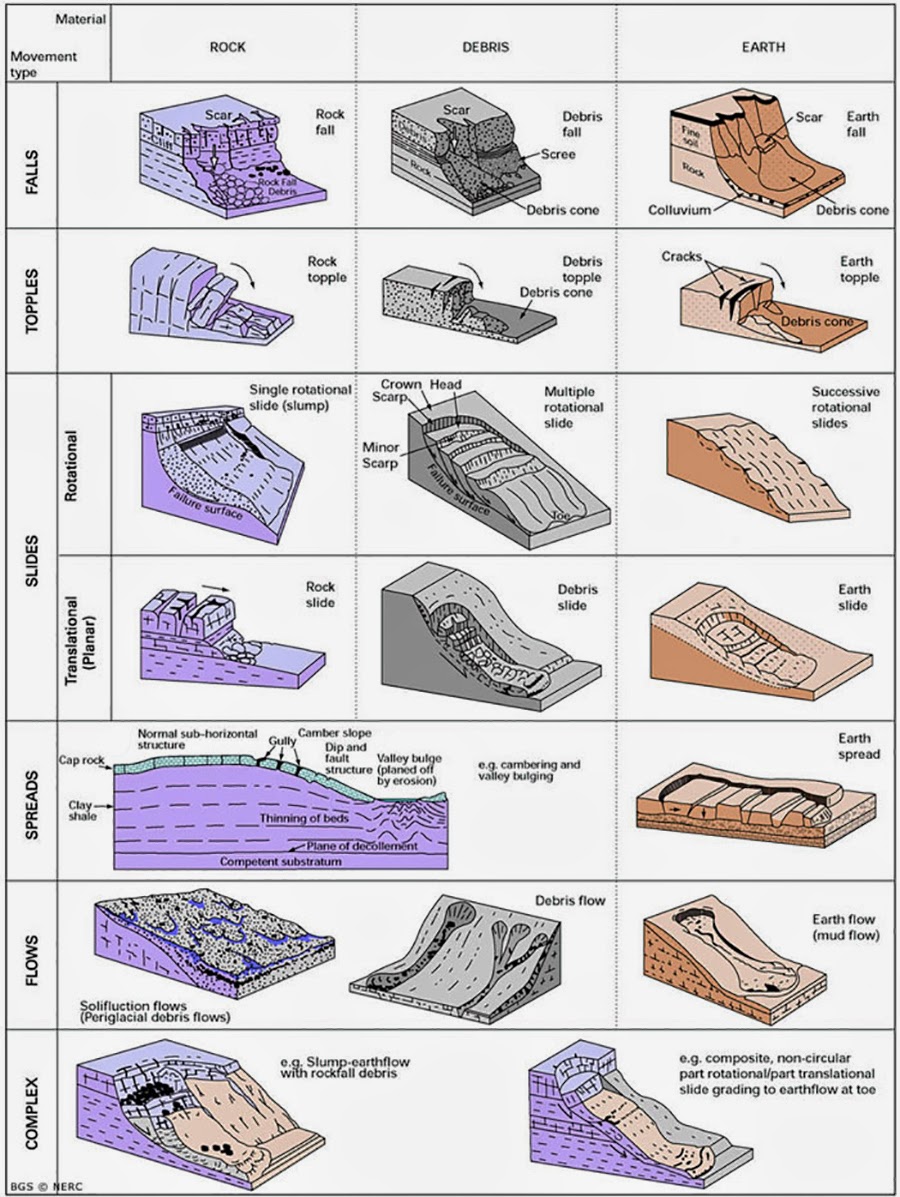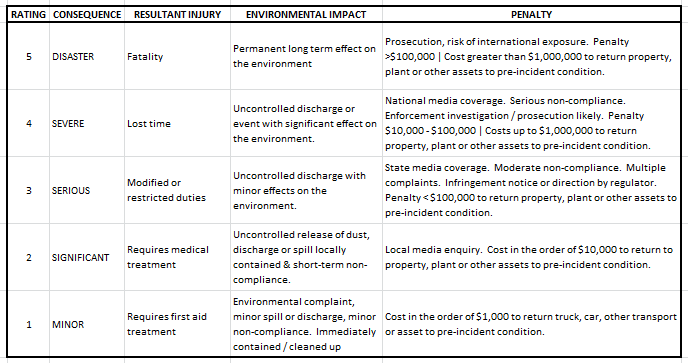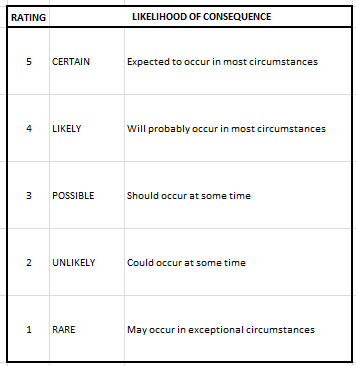Title Page
-
Location of site (Country-State)
- AU-QLD
- AU-NSW
- AU-VIC
- AU-SA
- AU-NT
- AU-ACT
- AU-WA
-
Site Location
- Alligator Creek
- Ballies
- Beenleigh
- Bli Bli
- Bohle
- Burdekin
- Clevland
- Fassifern
- Keatings
- Mia Mia
- Mooloolah
- Mt Cordelia
- Mountain View
- Nerimbera
- Petrie
- Rosneath
- Sunrock
- Tolmie Creek
- Toowoomba
-
Site Location
- Albion Park Quarry
- Boambee
- Boambee Beach
- Bungendore
- Cooma Road
- Cootamundra
- Dubbo
- Dunloe Sands
- Griffith
- Jandra
- Jonniefelds
- Lynwood
- Marulan
- Naranderra
- Rooty Hill
- Teven
- Tuncurry
-
Site Location
- Almurta
- Chiltern
- Colac
- Exford
- Geelong
- Grantville
- Jerralang
- Leongatha
- Lincoln Causeway
- Melbourne Fine Sand
- Moriac
- Oaklands Junction
- Pakenham
- Rockbank
- Tyers
- Tynong
- Warrnambool
- Werribee
- Werribee Manor
- You Yangs
-
Site Location
- Alice Springs
- Girraween
- Katherine
- Lower Todd
- Maude Creek
- Mount Bundy
- Roe Creek
-
Site Location
- Albany
- Baldivis
- Bunbury Sand
- Bunbury
- Esperence
- Geraldton
- Gosnells
- Jandabup
- Kalcrush
- Newman
- Nickol Bay
- Northam
- Turner River
- Turner River Dune
- Warrawanda
- Widgiemooltha
-
Enter Site Location
-
Conducted on
-
Prepared by
-
Company position
- Quarry Manager
- Quarry Superintendent
- Pit Supervisor
- Drill and Blast Supervisor
- Geotechnical Consultant
- Other Personnel
-
Document No.
-
Observation Title
Observation
- Report on geotechnical observation(s)
Location and Observation
-
Provide generic description of location of observation or use "Open Map" function to gain GPS coordinates in LAT/LONGS (WGS84)
-
Provide Image(s) of structure as record of current state and to assist in assessment
Examples of mass wasting
-
Show examples of mass wasting
-
Material Type
-
Define the material type(s) observation appears in
- Earth
- Rock - weathered
- Rock - fresh
- Product
Movement Type
-
Define the components of movement
- Falls
- Topple
- Slide - rotational
- Slide - translational (planar)
- Spreads
- Flows
- Complex
- Other
- NOT SURE
Geotechnical features observed
-
Area of the quarry this observation is located at
- Bench Slope / Face
- Bench Crest
- Bench Toe
- Pit Floor
- Pit Bench
- Roadway
- Ramp
- Product Stockpile
- Dump
- Tailings
- Dam
-
Choose observations
- Stable slope
- Deposition onto containment structure
- Containment wall crest walkover identifies new open cracks of surface or slope
- Erosion of containment structure
- Abnormal seepage thru containment wall
- Containment wall crest walkover identifies abnormal new open cracks of surface or slope
- Containment wall crest walkover identifies abnormal opening or subsidence of existing cracks of surface or slope
- Minor wall failure
- Significant cracking, bulging or heave of surface or slope
- Significant cracks in slope face or evidence of detached material
- Any slope failure or rock fall that can be classified as a “near miss”
- Active failure of containment structure
- Significant uncontained failure
- Active containment wall failure
- Material over topping containment structure
-
Slope observations
- Stable slope constructed to design
- Normal working conditions
- Dry free draining conditions
- Design angles achieved
- Dump advance on hard flat foundations or positively inclined slope
- Over steepened weak material
- Bench walkover identifies new open cracks
- Continous geological structures
- Abnormal water flow or seepage from slope
- Blast damage to final wall
- Wet weather conditions
- Not achieving design parameters (unacceptable results in 2 adjacent shots)
- Dumping into water or mud
- Weak dump foundation or dumping down sloping grade
- Significant undercutting/overhung or oversteepening of slope
- Bench walkover identifies abnormal new open cracks
- Bench walkover identifies abnormal opening or subsidence of existing cracks of berm surface or slope
- Abnormal settlement cracking in dump and stockpiles
- Abnormal slumping in dump, stockpile and slopes formed in weathered rock
- Localised failure in dump and stockpile with potential for further failure
- Minor pit wall failure
- Significant cracking, bulging or heave of surface or slope
- Abnormally high frequency of rockfall or unravelling
- Significant cracks in slope face or evidence of detached material
- Slope failure or rock fall that can be classified as a “near miss”
- Multiple bench scale or significant uncontained failure
- Active dump/stockpile failure
TARP - Classification
Category 1 - Condition Green
-
All personnel - Normal operating conditions
Category 2 - Condition Yellow
-
QM - Monitor situation
QS - Notify Quarry Manager | Monitor activities within affected area | Inspect affected area as required | Communicate results to QM | Inform Drill and Blast Supervisor of status
PS & DB - Monitor affected areas throughout shift | Report any noticeable change to QM and QS | Report any change in slope condition or change in TARP level to next shift crew and supervisor
Other - Become familiar with location and potential change in/above/below affected area | Report any change in condition to supervisors
Category 3 - Condition Orange
-
QM - Monitor situation as required | Assess need for and implement barricading affected area | Notify corporate of Orange condition | Notify Geotechnical Consultant of Orange condition | Develop draft incident management plan in conjunction with QS in preparation should it go to TARP Category 4 - Condition Red | Prepare to instruct evacuation of the pit impacted areas if required | Update risk register and INX
QS - Notify Quarry Manager | Assess need for and implement barricading affected area | Monitor activities within affected area | Inspect affected area as required | Communicate results to QM | Inform DBS of status | Assist in developing draft incident management plan in conjunction with QM in preparation should go to TARP Category 4 - Condition Red | Prepare to instruct evacuation of the pit impacted areas if required
PS & DB - Notify crew of Orange condition | Monitor affected areas throughout shift | Assess need for and implement barricading affected area | Report any noticeable change to QM and QS | Report any change in slope condition or change in TARP level to next shift personnel and supervisor
GC - Inspect affected area as required | Determine need for and implement additional slope movement monitoring or increase in monitoring frequency | Evaluate monitoring data and provide recommendation to TARP level | Determine any stabilisation works if applicable | Assist in developing draft incident management plan in conjunction with QM in preparation should go to TARP Level 4 - Category Red
Other - Look for and report any change in condition and/or rockfall to supervisors
Category 4 - Condition Red
-
QM - Notify corporate of Red condition | Notify Geotechnical Consultant of Red condition | Instruct evacuation of pit (impacted areas) | Authorise recovery plan | Notify Mine Inspector | Update risk register and INX
QS - Instruct evacuation of pit (impacted areas) | Coordinate evacuation of pit | Inspect affected area from safe location | Communicate results to QM | Assist in development of recovery plan
PS & DB - Authorised to instruct evacuation of pit (impacted areas) | Notify crew of Red condition | Withdraw crew and equipment to safe location
GC - Inspect affected area when safe | Assess potential for further failure | Assist in development of recovery plan | Provide advice recovery team as required
Other - Follow Emergency Response Plan | Park up machinery in safe location and await instruction
INX - Risk Assessment
-
Do you consider from the observations made that the area was previously a safety risk or could in the future be considered a risk (i.e. Has failure occurred or could it possibly occur that may result in any of the following: injury to personnel; damage to equipment; environmental harm; negative media attention; financial liability)?
Potential Consequence or Actual Outcome
Potential Likelihood
-
Please note - This is the likelihood of the consequence occurring as a result of the event, not the likelihood of a occurrence
Risk Value
-
Set value of RISK = Likelihood * Consequence
- 1
- 2
- 3
- 4
- 5
- 6
- 8
- 9
- 10
- 12
- 15
- 16
- 20
- 25
Potential Risk Rating: LOW RISK
-
Notify: - Report to Statutory body if required within 24 hrs. Report to line manager within 4 hrs.
Deadline: Action required by due date.
Coordination: by Project Manager Report to Business Line Director.
Potential Risk Rating: MEDIUM RISK
-
Notify: Report to Statutory body if required immediately. Report to Corporate immediately.
Deadline: Action required immediately.
Coordination: by Operations Manager Report to CEO.
Potential Risk Rating: HIGH RISK
-
Notify: Report to Statutory body immediately. Report to line manager immediately.
Deadline: Immediate management action required.
Coordination: by Divisional Manager Report to Chairman.












